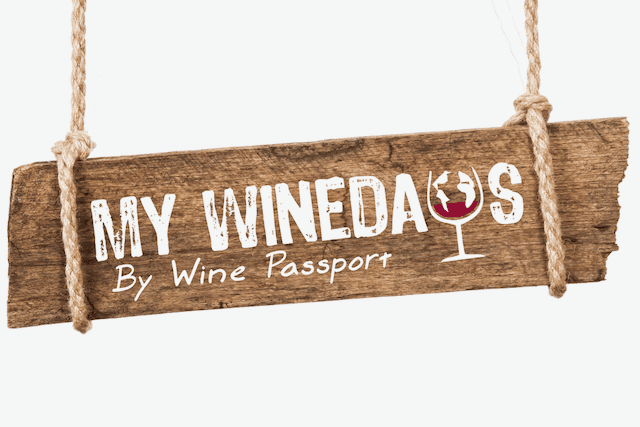If I say France, there is a very good chance that cheese, wine and baguettes pop into your mind. Perhaps alongside a beret and a striped white and blue “marinière” t-shirt. The latter may be a bit of a cliché, but the former is of vital concern in any one of the country’s regions. Not that the French are obsessed with their cheese and wine pairings, but it is undeniable that these hedonistic folk attach great importance to the delight they can deliver.
However, the different families and varieties of cheese throughout the country are dizzying in their numbers and diversity. Enough to intimidate any visitor before we even mention wine! For this reason, we have pulled together a quick overview of the different types of cheese to help you navigate its complex universe. Read on for a few guidelines and examples of wine and cheese pairings and you will be a proper expert, ready to pop on a beret and go get a baguette to go with your delightful associations.
It all starts with a little milk. Cow, goat, ewe…Serbia even makes cheese from donkey milk, the most expensive in the world! The milk is cultured and an enzyme called rennet is added to make it coagulate. You can then drain they water (whey) and start making cheese with the curds that remain.
This is where it gets a little tricky. There are many decisions to make, the cheese can be pressed and/or heated, mould can be added, the rind can be washed… any one of these processes will make a completely different cheese! We’ll see a few examples in the following section as we pair cheese from different varieties to the ideal wine.
There are many types of goat cheese out there, with striking diversity of shapes, flavours and origins. As result there isn’t one ideal partner for this cheese but rather several more specific couples which are doing very well.
| Cookie | Duration | Description |
|---|---|---|
| cookielawinfo-checkbox-analytics | 11 months | This cookie is set by GDPR Cookie Consent plugin. The cookie is used to store the user consent for the cookies in the category "Analytics". |
| cookielawinfo-checkbox-functional | 11 months | The cookie is set by GDPR cookie consent to record the user consent for the cookies in the category "Functional". |
| cookielawinfo-checkbox-necessary | 11 months | This cookie is set by GDPR Cookie Consent plugin. The cookies is used to store the user consent for the cookies in the category "Necessary". |
| cookielawinfo-checkbox-others | 11 months | This cookie is set by GDPR Cookie Consent plugin. The cookie is used to store the user consent for the cookies in the category "Other. |
| cookielawinfo-checkbox-performance | 11 months | This cookie is set by GDPR Cookie Consent plugin. The cookie is used to store the user consent for the cookies in the category "Performance". |
| viewed_cookie_policy | 11 months | The cookie is set by the GDPR Cookie Consent plugin and is used to store whether or not user has consented to the use of cookies. It does not store any personal data. |

